Balancing Forest Conservation and Bioenergy Production
- September 2, 2024
- 0 comment
The global push toward renewable energy sources has placed bioenergy at the forefront of the energy mix. As the demand for cleaner alternatives to fossil fuels grows, bioenergy has emerged as a significant player, promising reduced carbon emissions and a sustainable energy future. However, this rising demand presents a unique challenge: balancing the need for bioenergy production with the imperative of conserving our forests. Forests are not only vital for biodiversity but also play a crucial role in climate regulation and providing ecosystem services. Striking a balance between these competing needs is critical to ensuring the long-term health of our planet.
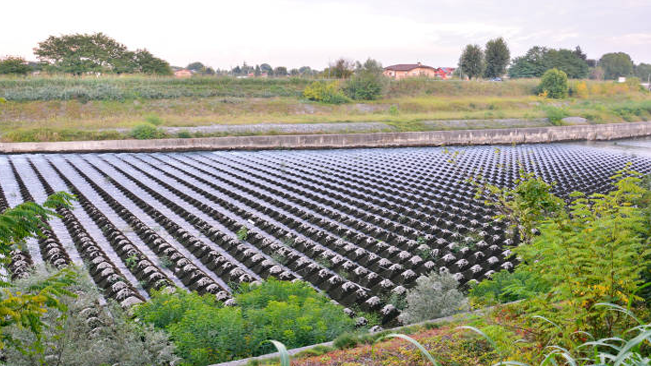
Table of Content
- The Role of Forests in Bioenergy Production
- Impacts of Bioenergy Production on Forest Ecosystems
- Sustainable Practices for Forest Bioenergy Production
- Integrating Forest Conservation with Bioenergy Goals
- Policy and Regulatory Frameworks
- Economic and Social Considerations
- Future Prospects for Balancing Conservation and Bioenergy
- FAQs
The Role of Forests in Bioenergy Production
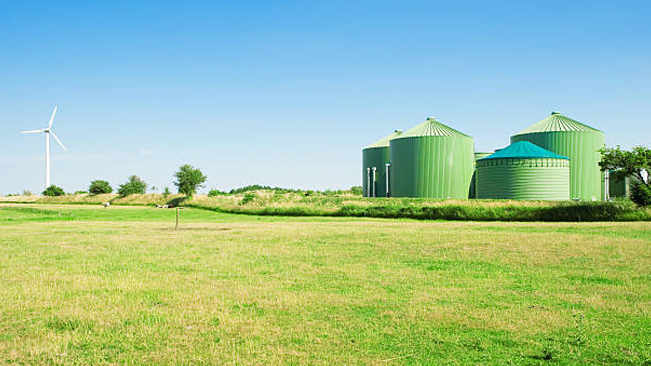
Forests have long been a source of bioenergy, with wood and other forest residues used for heating, cooking, and power generation. Today, bioenergy derived from forests includes various sources such as wood pellets, forest residues, and dedicated energy crops. Forest biomass offers immense potential as a renewable energy source, providing a reliable and carbon-neutral alternative to fossil fuels. Current trends indicate a growing reliance on forest-based bioenergy, driven by advancements in technology and an increasing focus on sustainability. According to recent statistics, bioenergy accounts for a significant portion of renewable energy production globally, underscoring its importance in the energy landscape.
Impacts of Bioenergy Production on Forest Ecosystems
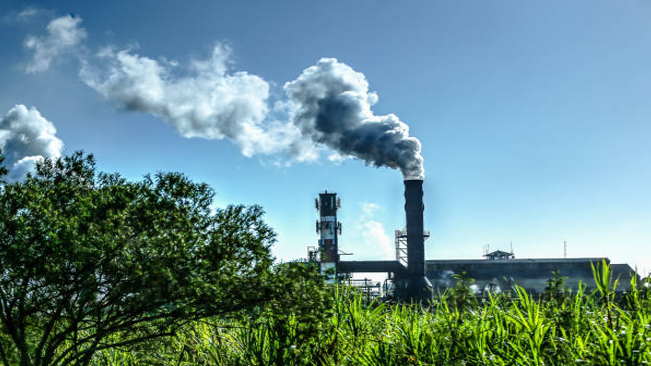
While bioenergy production holds promise, it also poses significant risks to forest ecosystems. Large-scale harvesting of forest biomass can lead to deforestation, habitat loss, and soil degradation, threatening the very ecosystems that bioenergy is meant to protect. The overexploitation of forest resources can undermine forest health, reducing biodiversity and disrupting ecological balance. For instance, unsustainable harvesting practices have led to the degradation of critical habitats in some regions, while in others, carefully managed bioenergy projects have demonstrated the potential for positive environmental outcomes. These mixed impacts highlight the importance of adopting sustainable practices in bioenergy production.
Sustainable Practices for Forest Bioenergy Production
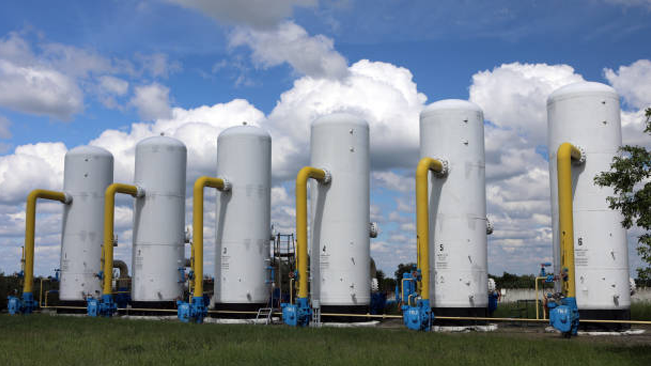
To mitigate the negative impacts of bioenergy production on forests, it is essential to adopt sustainable practices. Best practices include selective harvesting, which ensures that only a portion of the forest is utilized, allowing the ecosystem to regenerate. Maintaining forest carbon stocks is another critical strategy, as it helps preserve the carbon sequestration capacity of forests. Certification schemes such as the Forest Stewardship Council (FSC) and the Programme for the Endorsement of Forest Certification (PEFC) play a vital role in promoting sustainable forestry practices, ensuring that bioenergy production does not compromise forest conservation. Additionally, techniques like utilizing forest residues and improving harvesting efficiency can help minimize the ecological footprint of bioenergy production.
Integrating Forest Conservation with Bioenergy Goals
Balancing bioenergy production with forest conservation requires a holistic approach that integrates both objectives. One effective strategy is to prioritize the use of waste residues and by-products from forestry operations, reducing the pressure on standing forests. Improving the efficiency of bioenergy production processes can also contribute to conservation goals by reducing the amount of biomass needed. Maintaining a landscape-level approach is crucial, as it allows for the management of competing land uses and ensures that conservation and bioenergy production can coexist. Successful examples of integrated conservation and bioenergy projects demonstrate that it is possible to meet energy needs while preserving forest ecosystems.
Policy and Regulatory Frameworks
The role of policy and regulation in shaping the future of bioenergy and forest conservation cannot be overstated. National and international policies govern forest bioenergy production, setting standards for sustainability and environmental protection. Government incentives and subsidies often drive bioenergy practices, highlighting the need for well-designed policies that promote both bioenergy growth and forest conservation. Regulations can support sustainable bioenergy production by enforcing guidelines for responsible harvesting, land use, and forest management. Effective policy frameworks are essential for ensuring that bioenergy contributes to a sustainable energy future without compromising the health of our forests.
Economic and Social Considerations
Bioenergy production offers significant economic benefits, particularly for rural communities and those dependent on forest resources. It creates jobs, supports local economies, and provides a renewable source of income for forest-dependent livelihoods. However, the expansion of bioenergy can also lead to conflicts between local communities, conservationists, and bioenergy producers. Managing these conflicts requires a careful balance between economic development and long-term forest conservation. Policies that prioritize community involvement, fair compensation, and sustainable practices are key to achieving this balance.
Future Prospects for Balancing Conservation and Bioenergy
Looking ahead, emerging technologies and innovations hold the potential to reduce the environmental impacts of forest bioenergy production. Advances in bioenergy conversion processes, improved land management techniques, and the development of alternative feedstocks could significantly mitigate the negative effects on forests. As the demand for bioenergy continues to grow, it is crucial to prioritize research, international cooperation, and the sharing of best practices to ensure that forest conservation remains at the forefront of bioenergy development. By aligning energy production with environmental stewardship, we can work toward a future where bioenergy and forest conservation are mutually supportive.
Frequently Asked Questions (FAQs)
1. What is bioenergy, and how is it produced from forests?
Bioenergy is energy derived from organic materials, known as biomass, which can include forest residues, wood pellets, and dedicated energy crops. Forest-based bioenergy is produced by harvesting wood and other biomass from forests, which is then processed into fuels like pellets, chips, or liquid biofuels for electricity, heat, and transportation.
2. Why is there a growing demand for bioenergy?
The demand for bioenergy is increasing due to its potential to reduce greenhouse gas emissions and provide a renewable alternative to fossil fuels. As countries seek to meet climate targets and transition to cleaner energy sources, bioenergy is becoming a key component of the global energy mix.
3. How does bioenergy production impact forest conservation?
While bioenergy can offer environmental benefits, large-scale production can lead to deforestation, habitat loss, and soil degradation if not managed sustainably. The overharvesting of forests for bioenergy can threaten biodiversity and undermine ecosystem services.
4. What are the key challenges in balancing bioenergy production with forest conservation?
The main challenge is ensuring that the demand for bioenergy does not compromise forest health. This requires adopting sustainable harvesting practices, maintaining forest carbon stocks, and integrating conservation goals into bioenergy strategies.
5. What are sustainable practices for forest bioenergy production?
Sustainable practices include selective harvesting, using forest residues, improving harvesting efficiency, and adhering to certification schemes like FSC and PEFC. These practices help minimize the environmental impact of bioenergy production while preserving forest ecosystems.
6. How can bioenergy production be integrated with forest conservation goals?
Integration can be achieved by prioritizing the use of waste residues, maintaining a landscape-level approach to land management, and improving the efficiency of bioenergy processes. Successful integration ensures that both energy needs and conservation objectives are met.
7. What role do policies and regulations play in balancing bioenergy production and forest conservation?
Policies and regulations are crucial in guiding sustainable bioenergy production. Government incentives, subsidies, and international agreements can support practices that promote both bioenergy growth and forest conservation, ensuring responsible forest management.
8. What are the economic benefits of bioenergy for local communities?
Bioenergy production can provide significant economic benefits, including job creation, income generation, and support for rural economies. Forest-dependent communities can benefit from the renewable income sources that bioenergy offers.
9. What are the potential conflicts between bioenergy production and forest conservation?
Conflicts can arise when bioenergy production leads to deforestation, habitat loss, or displacement of local communities. Balancing economic development with conservation requires careful management and collaboration among stakeholders.
10. What are the future prospects for balancing forest conservation and bioenergy production?
The future will likely see advancements in bioenergy technology, improved land management practices, and greater international cooperation. Innovations in bioenergy conversion processes and the development of alternative feedstocks could help reduce the environmental impact, ensuring that forest conservation remains a priority.

Gilbert Griffin
Forestry AuthorGilbert Griffin is a forest management expert specializing in sustainable practices, forest health, conservation, and land management. With extensive knowledge in pest control, disease management, and habitat restoration, Gilbert develops strategies to preserve forest ecosystems and biodiversity. Passionate about the natural world, Gilbert adapts to changes in forest management and stays updated through continuous learning. Gilbert also provides seasonal advice to optimize forest care throughout the year.




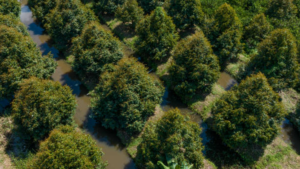

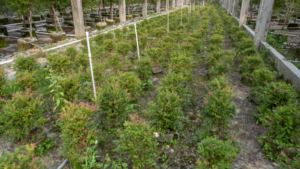
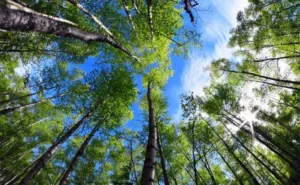


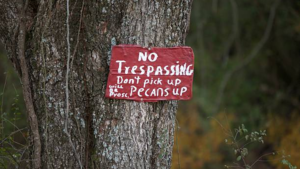


Leave your comment